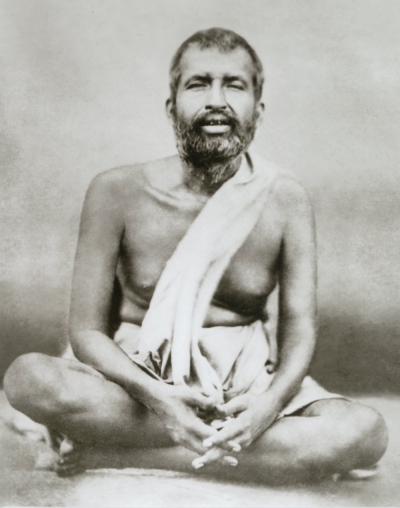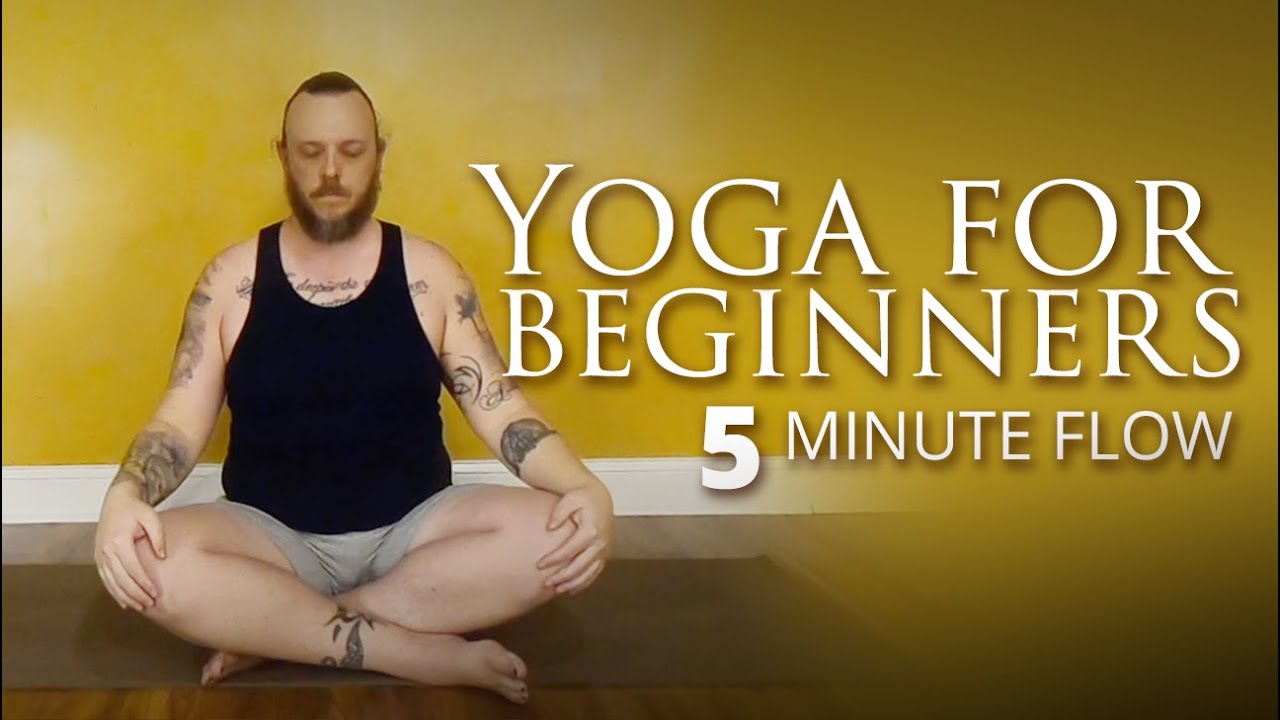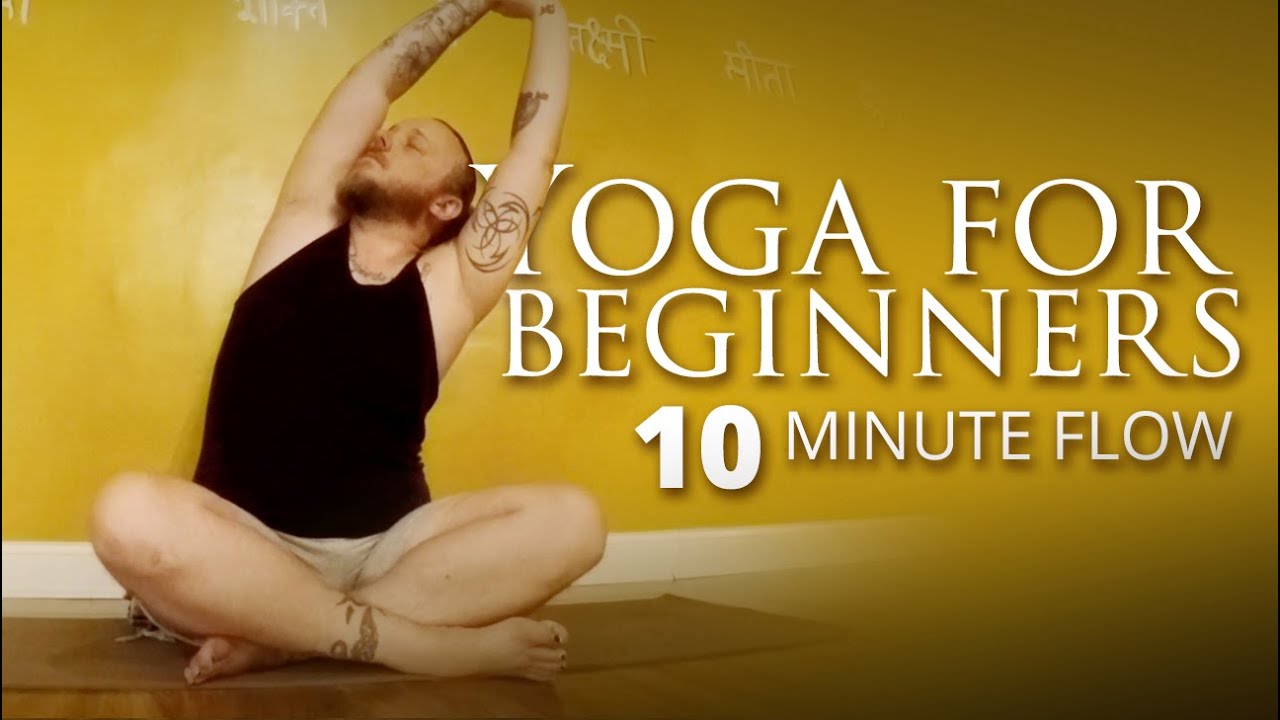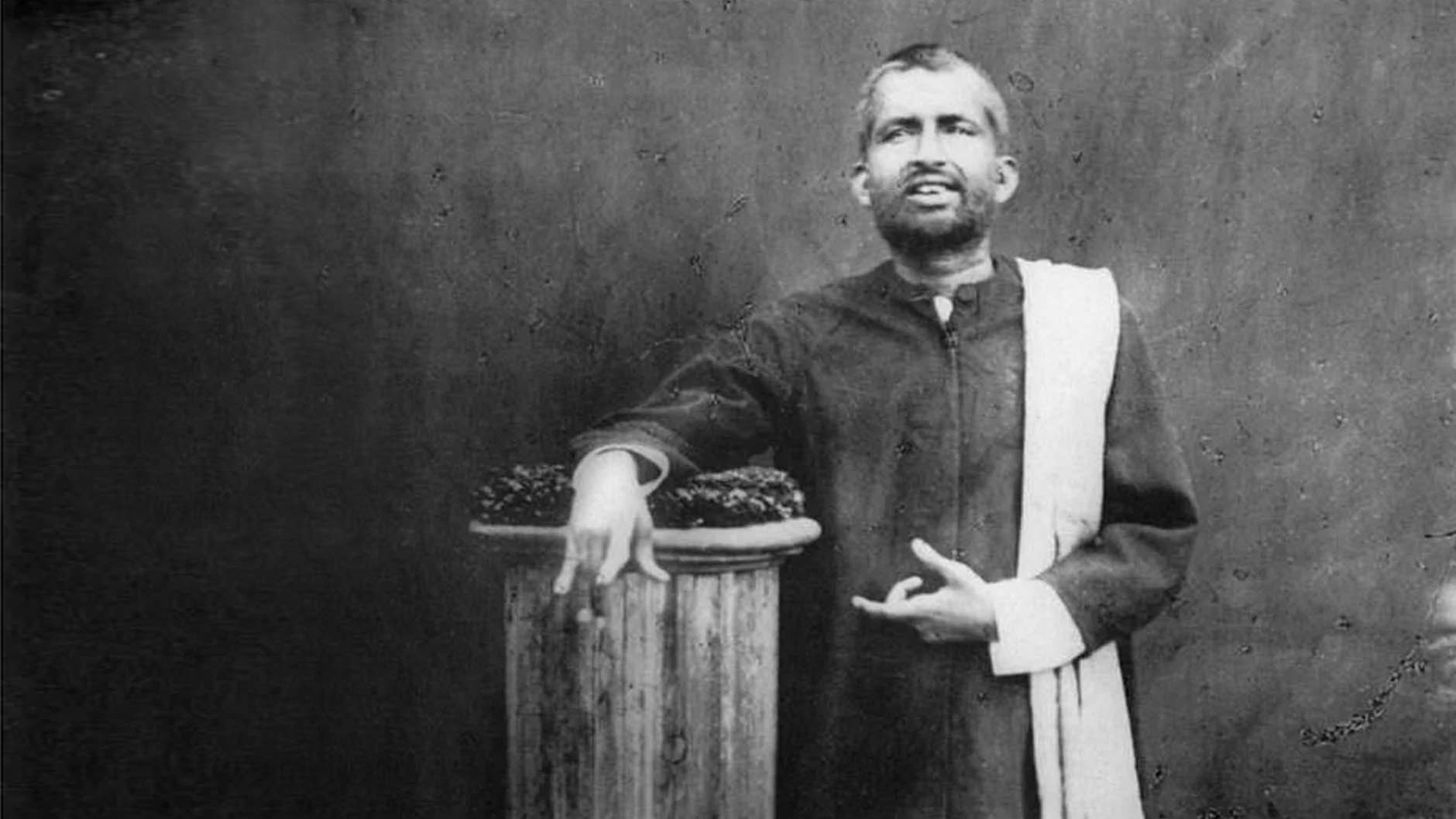Yoga is a beautiful and ancient tradition that has been shaped over the centuries by many prominent figures. One of these important gurus to the Yoga practice is the spiritual leader and mystic, Ramakrishna. He led a storied life that was devoted to building a relationship with God and spirituality and he became significant to Bhakti Yoga, Hinduism, and Indian history in general.

The Life Of Ramakrishna
He was born in 1836 to a poor family in the village of Kamarpukur. His given name was Gadadhar Chattopadhyay. The child that would grow to be Ramakrishna was captivated by nature and spirituality. In fact, his first spiritual trance occurred when he was quite young, at only six or seven years of age and he also memorized holy literature just by listening to priests recite it.
However, he was not particularly studious when it came to school, and in particular, lacked interest in math. He also eschewed any thought of becoming a religious scholar, despite his keen interest in the subject, because he observed that most in the profession were more concerned with money than spirituality.
In the early 1840s, Ramakrishna’s father died, leaving his elder brother, Ramkumar, with the financial burden of supporting the family. Eventually, this brother, who was a priest, founded a school in Calcutta. Ramakrishna moved to aid him, which helped propel him down a path to priesthood.
In the mid-1850s, Ramkumar, Ramakrishna’s brother, became the priest of a new temple dedicated to Kali. For some time, Ramakrishna would help out at this temple, before eventually taking over when his brother’s age began to affect his ability to carry out his duties. At this time, Ramakrishna became highly devoted to Kali, referring to her as “Mother”.
Ramakrishna would go on to become a mystic with an approach and influence that crossed cultural and religious borders. His ardent faith revitalized his religion and drew many people to follow in his footsteps.
The Significance of Ramakrishna to Yoga
In many ways, Ramakrishna was a very significant figure in the development of the modern yoga practice. However, his status as a ‘yogi’ had more to do with the spiritual and philosophic aspects of yoga, as opposed to the physical. Ramakhrisna was a practitioner of Bhakti Yoga, one of three traditional paths within the Hindu religion.
Often, we think of yoga as a series of poses and a way to build flexibility and get in shape. However, while exercise is a definite benefit of yoga, there’s a lot more to the practice. In terms of Hinduism, yoga means “union” and refers to a way of life that might offer “salvation”.
Bhaki Yoga, which guided Ramakrishna, can be understood to emphasize loving and dedicating oneself to a deity. The exact deity that will be the focus of one’s life and path will vary, as it is a personal choice, but the vital thing is to focus on building a relationship with your god.
It’s important to understand that the spirituality is more than just the roots of yoga, and is still very important to its modern practice. One of the reasons that yoga is such a restorative exercise and can be so beneficial to one’s mental health is that mindfulness and meditation remain core components of any yoga class or routine. So even if you do not follow Hinduism, or any religion at all, yoga can still carry strong spiritual elements in its practice.
Ramakrishna’s Contributions to Modern Yoga
Ramakrishna’s role as a spiritual leader still affects much of modern yoga and the important philosophy behind it. For instance, Ramakrishna, was a champion of tolerance, who worshipped in many ways. He did not limit his religious exploration to the traditional Hindu practices, and also sought out ways to explore his relationship with God that were in line with other faiths, such as Islam and Christianity.
This is significant because Yoga is often practiced in a way that bridges cultures, religions, and traditions. When it is taught in the United States, it brings a piece of India and Hinduism to Americans, who often do not share a cultural background with the origins of the exercise, or even with each other. In order to make sure that all are able to respectfully share in this experience and reap the benefits of yoga, yoga studios and techniques must act in a way that promotes tolerance and encourages diversity.
There are also many other ways that Ramakrishna was able to impact the yoga of today. One way in which we can see this is through the way that yoga is used nowadays. There are many people who explore yoga as a way to cope with depression, anxiety, and other mental health issues. Alternatively, some people turn to yoga because they struggle to find meaning in their daily life or they lack community.
All of these are issues that were known and personal to Ramakrishna. His spiritual practice was able to help him overcome this difficulties, and yoga remains an amazing respite for many people in similar circumstances. It is frequently able to be used successfully to help people heal, find mental peace, and build connections and community.
The core of Ramakrishna’s life was always his spirituality, and this has lingered with the modern practice of yoga as well. Many people turn to yoga to help them connect with themselves as well as higher powers, nature, and the universe. Yoga is now used by people of all faiths and backgrounds to explore their personal paths of spirituality, which is truly inspired by Ramakrishna’s philosophies.

















